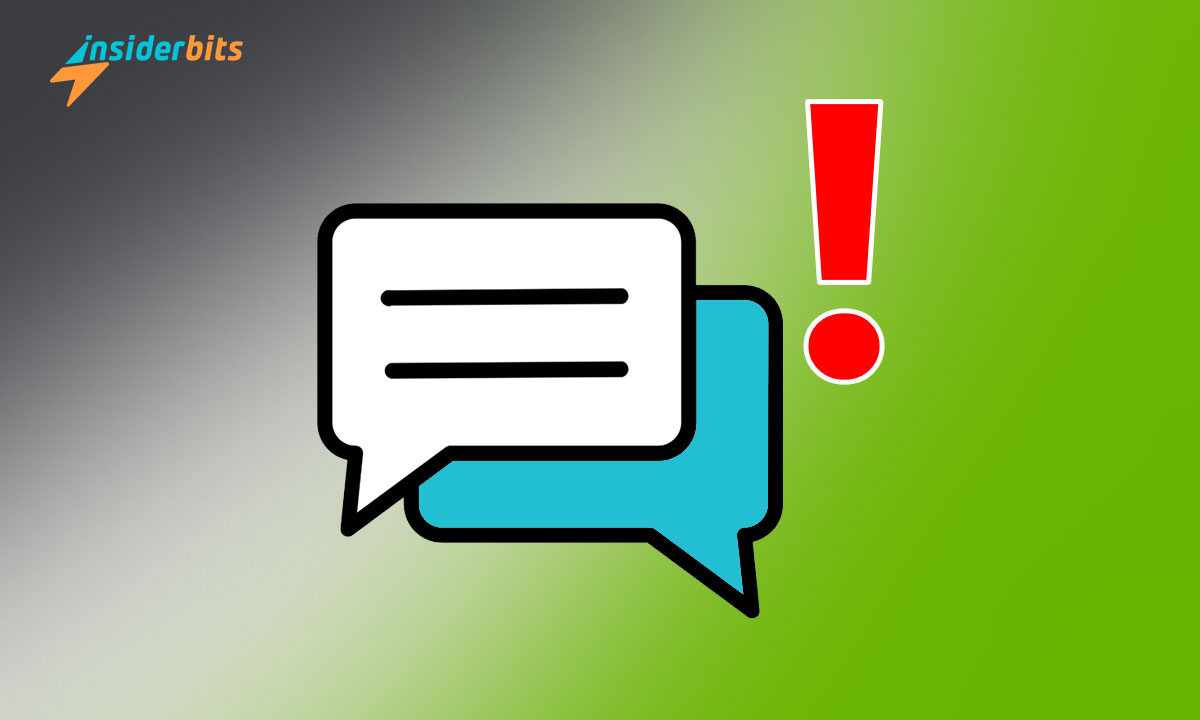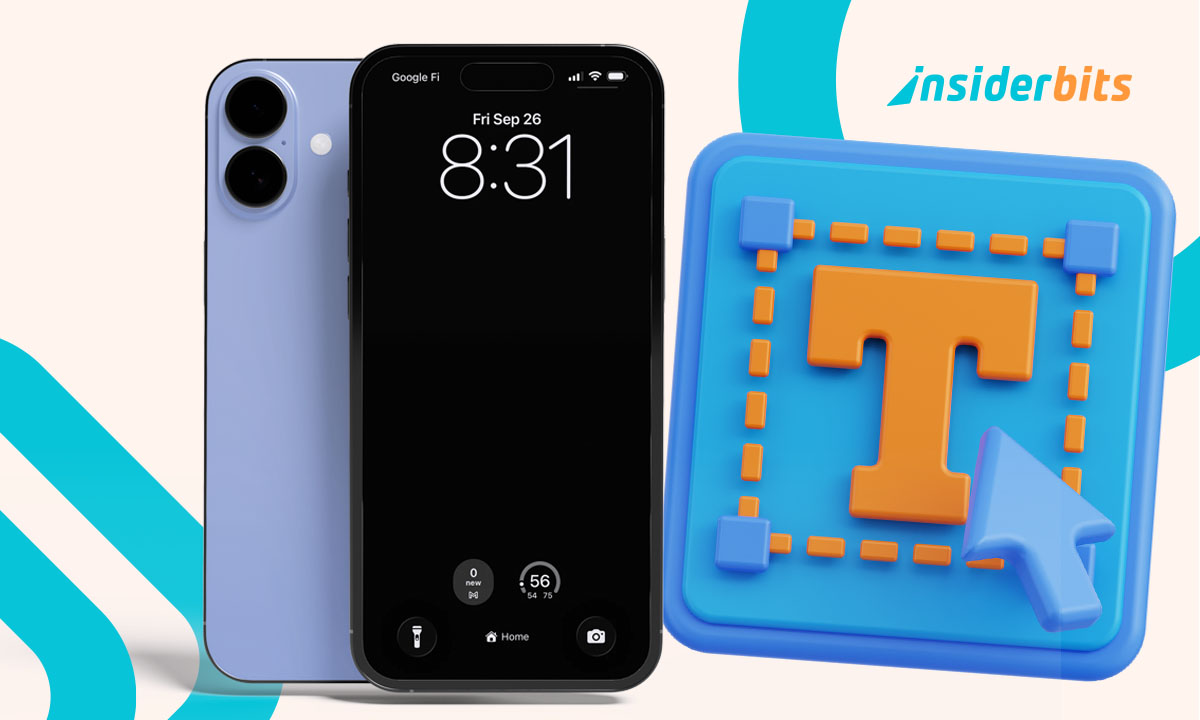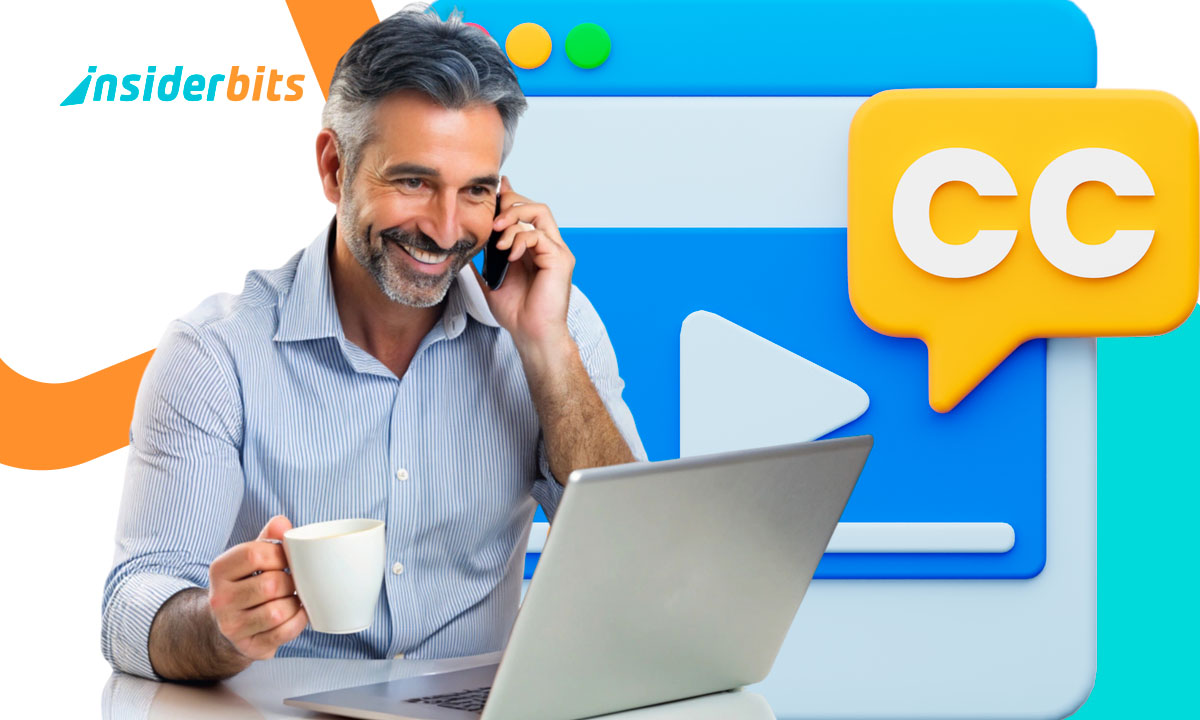In our digital age, GIFs have become an integral part of how we communicate and express ourselves. However, when it comes to sharing these animated images between iPhone and Android devices, users often encounter Glitchy GIFs and failed transfers.
The technical differences between the two ecosystems, from messaging apps to file formats, can create a barrier to seamless GIF sharing.
In this article, Insiderbits will delve into the common issues faced by iPhone and Android users, explore the underlying reasons behind these challenges, and provide practical solutions to ensure a smoother GIF messaging experience across platforms.
What Are the Most Common Glitches When Sending GIFs from iPhone to Android?
The most common glitches encountered when sending GIFs from iPhone to Android devices are distortion, failed transfers, and rendering issues.
These problems can be attributed to the technical differences between the two platforms, including incompatibilities in messaging apps, operating systems, and file formats.
One of the primary issues is the distortion of GIFs, where the images received on Android devices appear pixelated or garbled, often due to compression during transmission. Failed transfers, where the GIFs simply do not reach the intended Android device, are another prevalent problem. Rendering bugs on the Android side can also lead to GIFs not displaying correctly, even if they are successfully received.
Users have found some workarounds, such as disabling the toggle for sending photos faster to avoid excessive compression, and in some cases, a factory reset of the Android device may be necessary.
However, the underlying technical differences between iOS and Android continue to create challenges for seamless GIF sharing between the two ecosystems.
The Main Causes of Glitchy GIFs
Image Optimization Plugins: Image optimization plugins can interfere with GIF animations, causing them to appear distorted or not play correctly. These plugins are designed to optimize images for faster loading times but can also affect GIFs.
Image Size: GIFs can become distorted or lose their animation when resized. This can happen when uploading GIFs to WordPress or other platforms that automatically resize images.
WordPress Theme: Some WordPress themes are not optimized for GIFs, leading to issues with animation or playback.
File Type: If the file type of the GIF is not compatible with the platform or browser, it may not play correctly.
Media Library: Uploading GIFs directly to the media library can cause issues with animation due to automatic resizing.
Browser Compatibility: GIFs can appear distorted or not play correctly due to browser compatibility issues, such as Safari’s handling of animated GIFs with alpha channels.
Compression: Compression of GIFs during transmission can lead to missing dots or pixels, resulting in distorted images.
Rendering Bugs: Rendering bugs in browsers or platforms can cause issues with GIF playback.
Platform Incompatibility: Incompatibility between different platforms, such as iOS and Android, can cause issues with GIF sharing and playback.
These technical reasons can cause a range of issues, from distorted images to failed transfers.
How Different Messaging Apps, Operating Systems, and File Formats Can Cause Glitchy GIFs?
Glitchy GIFs can occur due to various differences in messaging apps, operating systems, and file formats. Here are some key differences that can cause issues:
Messaging Apps:
- Android users have reported receiving distorted GIFs from iPhone users using Google Messages. This issue might be related to the compression or rendering bug within the iOS software.
- WhatsApp uses a different messaging protocol, which might not be compatible with the GIF format used by iPhones. This could lead to distorted GIFs when sending from iPhone to Android devices.
- Signal uses a different messaging protocol and might not be compatible with the GIF format used by iPhones, leading to distorted GIFs.
Operating Systems
- Apple’s iOS operating system is incompatible with the Rich Communication Services (RCS) protocol used by Google Messages. This incompatibility can cause issues with GIF sharing between iPhone and Android devices.
- Android devices use different messaging apps and protocols, which can lead to compatibility issues with iPhone devices.
File Formats
- GIFs are a specific file format that can be affected by differences in messaging apps and operating systems. The GIF format might not be compatible with certain messaging apps or operating systems, leading to distorted GIFs.
- MP4 is a different file format used for video files. If a GIF is converted to MP4, it might not be compatible with certain messaging apps or operating systems, leading to distorted GIFs.
The Common Fixes for Distorted GIFs on Android and iOS
Disable the “Send photos faster” setting in messaging apps
- Open the Google Messages app
- Tap the profile icon in the top right
- Go to Messages settings
- Toggle off the “Send photos faster” option
Try a different messaging app
- If using Google Messages, try switching to a different app like WhatsApp, Telegram, or Signal, as the issue may be specific to the Google Messages app.
Check for Compatibility Issues
- Ensure that the GIF format is compatible with the messaging app and operating system used by both devices.
Wait for the iOS Update
- Some users speculate that the distorted GIF issue might be related to Apple’s iOS update. Waiting for a potential update could resolve the issue.
Factory Reset (as a last resort):
- If none of the above steps work, you can try resetting your Android device to its factory settings. However, this should only be done as a last resort and after backing up your data.
How to Avoid Glitchy GIFs – Conclusion
In conclusion, the issue of distorted GIFs when sending from iPhone to Android devices is a common problem that can be frustrating for users.
By understanding the technical reasons behind this issue and implementing practical solutions and workarounds, users can ensure smoother GIF sharing between iPhone and Android devices.
Related: How To Connect Your Apple Devices – A Comprehensive Guide
Like this article? Add the Insiderbits blog to your favorites and visit us whenever you want to learn new and exciting information about technology and much more!





